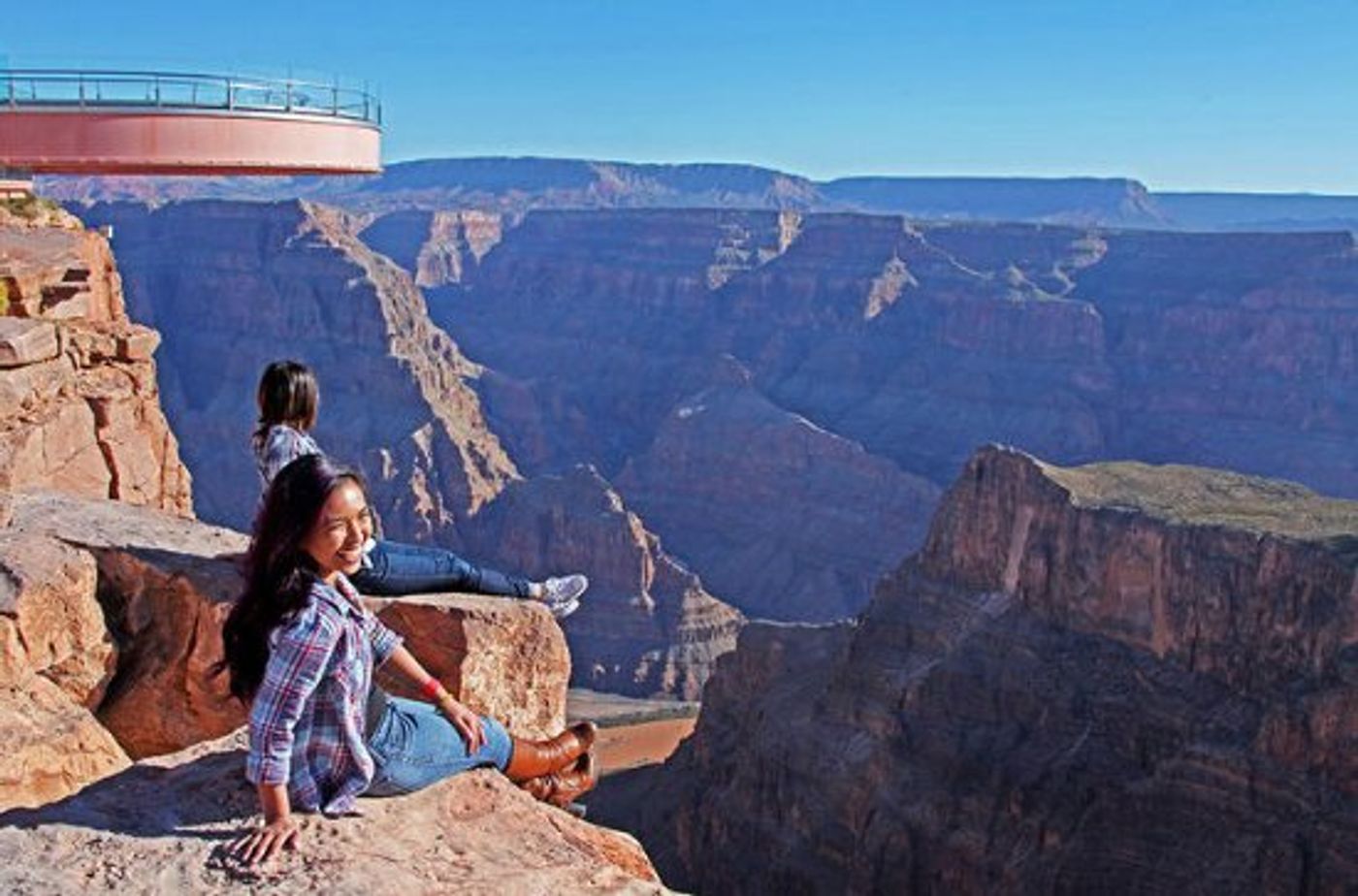Our National Parks have an Air Pollution Problem
Climbing up the Grand Canyon, you can’t catch your breath. Likely, those extra slices of pizza all winter and skipped days at the gym are to blame – but air quality could also play a factor. A new study published in Science Advances by researchers from Iowa State University and Cornell University suggests that ozone levels in 33 of the largest national parks in the U.S are too high for public health.
"The U.S. has spent billions of dollars over the last three decades to improve air quality," said David Keiser, assistant professor of economics at Iowa State. "Given the popularity of national parks, as well as the fact that people go to parks to be outside, we believed it was worth better understanding air quality trends in these areas and whether people, through their actions, respond to changes in air quality in parks."
In order to determine this surprising finding, the researchers analyzed data from National Park Service and EPA ozone monitoring studies since 1990. The analysis shows that while large US metropolitan areas have improved in air quality since 1990, national parks have seen much smaller improvements in air quality. The EPA classifies days with more than 70 parts per billion of ozone as unhealthy; many of the most popular national parks still experience days exceeding those levels “on average for two-and-one-half to three weeks per year,” writes Science Daily.
“From 1990 to 2014, average ozone concentrations in national parks were statistically indistinguishable from the 20 largest U.S. metropolitan areas,” the authors write. “We find a robust, negative relationship between in-park ozone concentrations and park visitation. Still, 35% of all national park visits occur when ozone levels are elevated.”
The researchers are concerned about the public health implications that low air quality has for the roughly 300 million annual visitors to the parks. After combining the ozone monitoring data with park visitation data, the team determined that, alas, most parks have their highest number of visitors just when ozone levels are the worst. These concentrations, the researchers say, result more so in potential health warnings than visibility. Such health concerns include respiratory symptoms and even mortality for sensitive individuals.
So, have you visited a national park recently and noticed poor air quality? What’s your opinion on how our “wild spaces” should be protected? On how they should make you feel? If you care about this topic, you can raise your voice with the National Park Service here.
Sources: Science Daily, Science Advances









